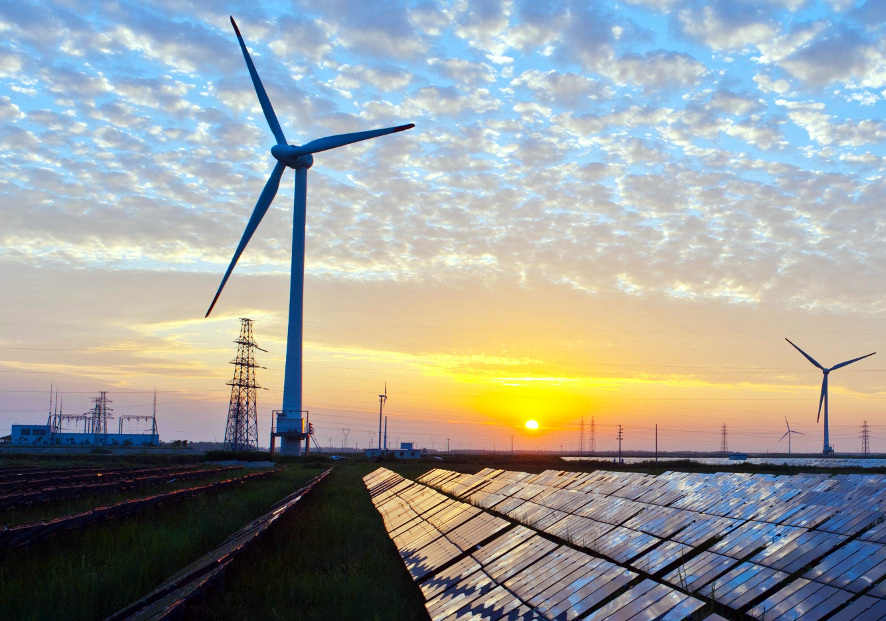The Future of Energy Looks Bright
December 19, 2022
Speaking on behalf of the Department of Energy (DOE) and the National Nuclear Security Administration, U.S. Secretary of Energy Jennifer Granholm delivered hopeful news on Tuesday, Dec. 13, marking a hopeful future for energy.
Nearly a week before, the DOE began hinting at a decades-in-the-making breakthrough in the field of nuclear fusion. Nuclear fusion is the process by which the Sun produces energy by forcefully combining atoms. (This is not to be confused with nuclear fission, an opposite reaction which produces significantly more long-lasting radioactive waste).
On the contrary, “nuclear fusion is a process in which two light atomic nuclei combine to form a heavier nucleus while releasing tremendous energy that does not produce harmful atmospheric emissions and only small amounts of short-lived radioactive waste,” said Mrs. Cheryl Mynster, who teaches AP and Honors Chemistry at Arcadia High School.
Though the name may sound intimidating, harnessing fusion would allow us to produce unlimited clean power, free of the carbon emissions and threats of depletion that accompany fossil fuel usage. In the past, attempts at actually using fusion have been futile; combining atoms requires a lot of energy, usually more than is produced. When considering the high cost, fusion has been a venue not even worth pursuing.
“A temperature exceeding 100 million degrees Celsius, intense pressure and sufficient confinement to hold the plasma and maintain the fusion reaction long enough for a net power gain are also needed,” said Mrs. Mynster. These “have been issues that have prevented the use of fusion as a feasible source of energy.”
However, on Dec. 5, researchers at Lawrence Livermore National Laboratory in California tested a process that produced more energy than was used. The novel method, known as “ignition”, focused 192 giant lasers on frozen isotopes, fusing them with minimal energy input.
While unexpected, the finding did not come about spontaneously. Funding from the Biden-Harris Administration—as much as $150 million to various research facilities—has helped the acceleration of scientific discovery. In campaign speeches, Biden vocalized plans to reach net-zero carbon emissions no later than 2050. As carbon emissions have reached all-time highs, the fusion breakthrough provides much needed realignment to stay on track with that goal.
There are many hopeful implications that come with the discovery, but there is still a long way to go.
“It will probably take decades before nuclear fusion energy is commercialized,” Mrs. Mynster said, noting potential shortcomings. “More research needs to be conducted in order to optimize the setup to increase the yield of energy for commercial purposes.”
The process still needs to be further tested for reliability and efficacy before we see it used commercially, steps that will take months if not years.
But for optimists, the breakthrough still holds significance, lighting up a path to a cleaner brighter future.
Photo courtesy of COMMONS.WIKIMEDIA.ORG

